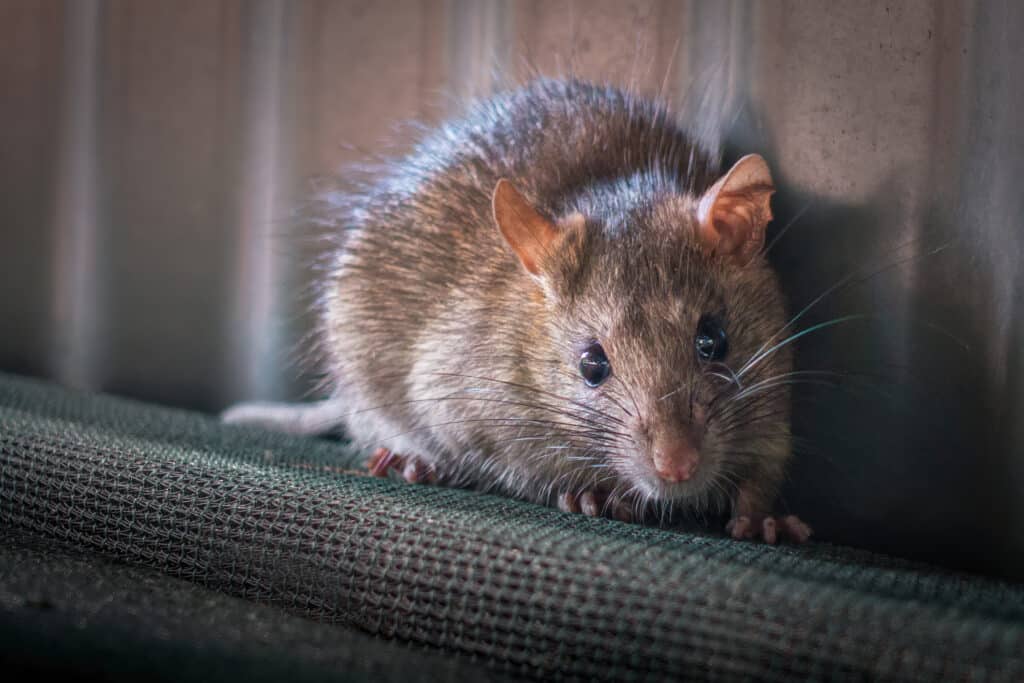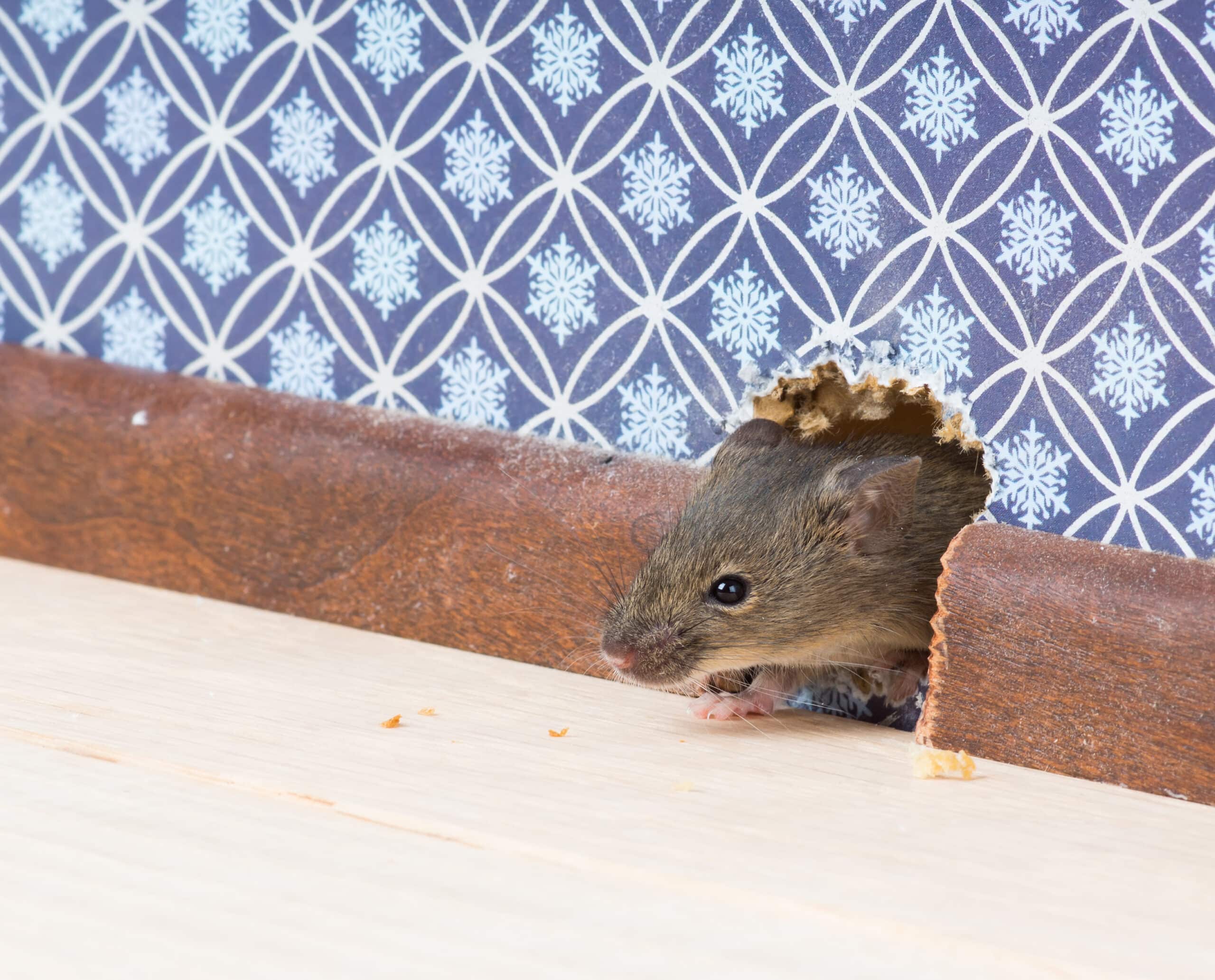
Types of Rodents: Identifying Common Pests in Tennessee Homes
Did you know that 45% of all mammals are actually rodents? These persistent pests are not only numerous but also highly adaptable, allowing them to thrive in various environments—including your Tennessee home or business. Understanding the different types of rodents common to our region is the first step in effective prevention and control.
Common Types of Rodents in Tennessee
Tennessee homes and businesses typically encounter four main rodent species. Each has distinct characteristics that help with identification and inform the most effective control methods.

House Mice
House mice are among the most common rodents found in Tennessee properties. Originally from Asia, they were transported to America in the mid-15th century and have since adapted perfectly to living alongside humans.
Identifying Features:
- Small size (about 6-7 inches long including tail)
- Dark-gray fur on backs with lighter fur on bellies
- Weigh approximately 1 ounce
- Very large ears relative to body size
- Naked tail roughly equal to body length
House mice can spend their entire lives inside a single building, never venturing outdoors. They create nests near food sources and in warm areas such as closets, wall voids, and even bookshelves. These rodents establish familiar territory and travel paths, typically moving along walls and flat surfaces as they forage for food.
Deer Mice
Deer mice are another common rodent species found throughout Tennessee. The two most common varieties are white-footed deer mice and cotton deer mice, which appear nearly identical to the untrained eye.
Identifying Features:
- Medium size (5 to 8 inches long including tail)
- Brown or dark-colored fur with distinctive white feet and undersides
- Large eyes relative to their body size
- More prominent ears than house mice
Unlike house mice, deer mice typically live outdoors during warmer months, taking shelter near trees, logs, rocks, or leaf litter. They hunt for insects, nuts, seeds, and berries when weather permits. However, as temperatures drop in winter, they often seek shelter in homes, garages, or outbuildings. Deer mice may carry serious diseases such as hantavirus and Lyme disease, making their presence a significant health concern.
Norway Rats
Also known as house rats or sewer rats, Norway rats originated in Mongolia and arrived in the United States in the 1700s. Today, they represent the most common rat species nationwide.
Identifying Features:
- Large, stocky body weighing up to 1 pound
- Blunt nose and small ears
- Scaly tail shorter than body length
- Brown to grayish coloration
A simple identification trick: if you pull the rat’s tail over its head and it doesn’t reach past the ears, you’re looking at a Norway rat. These rodents typically live in colonies, creating burrows in the ground, including under buildings in crawlspaces and basements. In urban environments, they often inhabit lower levels of structures, while in rural settings, they may occupy farm buildings and silos. Norway rats are omnivorous scavengers that can survive on virtually any available food source.
Roof Rats
Roof rats originated in Asia and were introduced to Florida in the 1500s before spreading throughout the United States. They remain primarily prevalent in southern states like Tennessee.
Identifying Features:
- Slender body 6 to 8 inches long
- Tail notably longer than body
- Black or dark-gray coloration with white bellies
- Weigh approximately half a pound
- More agile climbers than Norway rats
Unlike Norway rats, roof rats prefer elevated locations, often nesting in attics, roof lines, and even in trees. They frequently travel along utility lines to access buildings. Roof rats are somewhat unique among rodents as they don’t naturally prefer human food, though they will consume it when available. These rodents are extremely skittish and will typically abandon their nests if disturbed.
Health and Property Risks Associated with Rodents
All rodent types pose similar risks to Tennessee residents and business owners:Health Concerns
- Disease transmission through direct contact or contamination
- Potential allergic reactions to dander, fur, and droppings
- Secondary pest issues as rodents often carry fleas, ticks, and mites
Property Damage
- Structural damage from constant gnawing on wood, drywall, and insulation
- Fire hazards from chewing on electrical wiring
- Contamination of food stores and preparation areas
- Damage to personal belongings and merchandise
Signs You Have Rodents in Your Home
Regardless of the specific rodent type, watch for these common indicators of infestation:- Droppings along walls, in drawers, or near food sources
- Gnaw marks on food packaging, furniture, or structural elements
- Scratching sounds in walls, ceilings, or floors
- Nesting materials such as shredded paper, fabric, or insulation
- Distinctive musky odor, particularly in enclosed spaces
- Grease marks along walls and baseboards from rodents’ oily fur
- Actual sightings of rodents, especially at night

Professional Rodent Control: Your Best Solution
While knowing which type of rodent you’re dealing with is helpful, professional identification and treatment is the most effective approach. At U.S. Pest Protection, our experienced technicians can:- Accurately identify the specific rodent species
- Locate entry points and harborage areas
- Develop a customized treatment plan based on rodent type and infestation severity
- Implement comprehensive control measures
- Provide ongoing prevention strategies
Whether you’re dealing with mice in your kitchen or rats in your attic, our monthly, bimonthly, or quarterly pest control programs can effectively eliminate rodents while preventing future infestations.
Schedule a Free Rodent Inspection
If you’ve already seen or heard rodents in your Tennessee home or business, remember that there are likely more hiding behind the scenes. When DIY measures and store-bought traps fail to resolve the problem, it’s time for professional intervention.Our professional pest control inspectors can assess your property at no charge, identifying rodent species and creating a targeted treatment plan. Say goodbye to rodents for good with help from the experts at U.S. Pest Protection.

